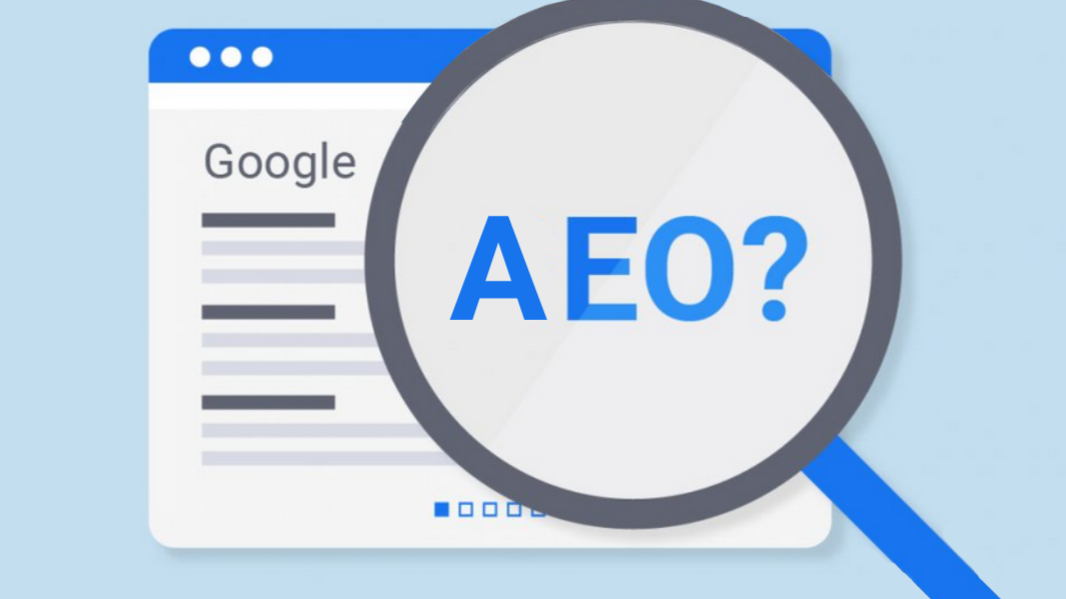By ATS Staff - May 26th, 2025
SEO - AEO
Introduction
In the ever-evolving landscape of digital marketing and search engine optimization (SEO), a new trend is emerging: Answer Engine Optimization (AEO). With the rise of AI-powered search assistants like Google's Gemini, OpenAI's ChatGPT, Microsoft's Copilot, and Perplexity, users are increasingly getting direct answers instead of traditional search results. This shift demands a new approach to content optimization—one that focuses on providing precise, authoritative answers to user queries.
What Is Answer Engine Optimization (AEO)?
Answer Engine Optimization (AEO) is the practice of optimizing content to rank well in AI-driven answer engines. Unlike traditional SEO, which focuses on ranking web pages in search engine results pages (SERPs), AEO aims to ensure that your content is selected as the source for direct answers in AI-generated responses.
As more users rely on chatbots and voice assistants for instant answers, businesses and content creators must adapt their strategies to remain visible in this new search paradigm.
How Answer Engines Differ from Search Engines
- Direct Answers Over Links – Instead of displaying a list of web pages, answer engines provide concise, summarized responses.
- Conversational Queries – Users ask questions in natural language (e.g., "What’s the best budget smartphone in 2024?").
- AI-Powered Summarization – Answer engines pull data from multiple sources to generate responses, often citing references.
- Zero-Click Results – Many queries are answered directly within the chat interface, reducing clicks to external websites.
Why AEO Matters for Businesses
- Declining Organic Traffic – With AI answering questions directly, fewer users may visit websites.
- Brand Authority – Being cited as a source by AI models enhances credibility.
- Voice Search & AI Assistants – As smart speakers and AI chatbots grow, optimizing for answers becomes crucial.
Key Strategies for Answer Engine Optimization
1. Focus on Question-Based Content
- Structure content in a Q&A format (FAQ sections, "People Also Ask" optimizations).
- Target long-tail, conversational queries.
2. Provide Clear, Concise Answers
- AI models prefer well-structured, authoritative responses.
- Use short paragraphs, bullet points, and bold key phrases.
3. Optimize for Featured Snippets
- Since answer engines pull from featured snippets, aim for "Position 0" in Google.
- Use schema markup to help search engines understand your content better.
4. Enhance E-E-A-T (Experience, Expertise, Authority, Trustworthiness)
- Google and AI models prioritize credible sources.
- Cite reputable references and establish author expertise.
5. Leverage Structured Data (Schema Markup)
- Use FAQ, HowTo, and Q&A schema to help AI parse your content.
6. Monitor AI-Generated Answers
- Check tools like Perplexity or ChatGPT to see if your content is being cited.
- Adjust content based on gaps in AI responses.
The Future of AEO
As AI continues to dominate search behavior, businesses must adapt by blending traditional SEO with AEO tactics. The goal is no longer just ranking on Google but also becoming the go-to source for AI-generated answers.
By optimizing for answer engines now, brands can future-proof their digital presence and maintain visibility in an AI-driven search landscape.
Popular Categories
Agile 2 Android 2 Artificial Intelligence 50 Blockchain 2 Cloud Storage 3 Code Editors 2 Computer Languages 12 Cybersecurity 8 Data Science 15 Database 5 Digital Marketing 3 Ecommerce 3 Email Server 2 Finance 2 Google 6 HTML-CSS 2 Industries 6 Infrastructure 3 iOS 3 Javascript 5 Latest Technologies 42 Linux 5 LLMs 11 Machine Learning 32 Mobile 3 MySQL 2 Operating Systems 3 PHP 2 Project Management 3 Python Programming 26 SEO - AEO 5 Software Development 44 Software Testing 3 Web Server 7 Work Ethics 2